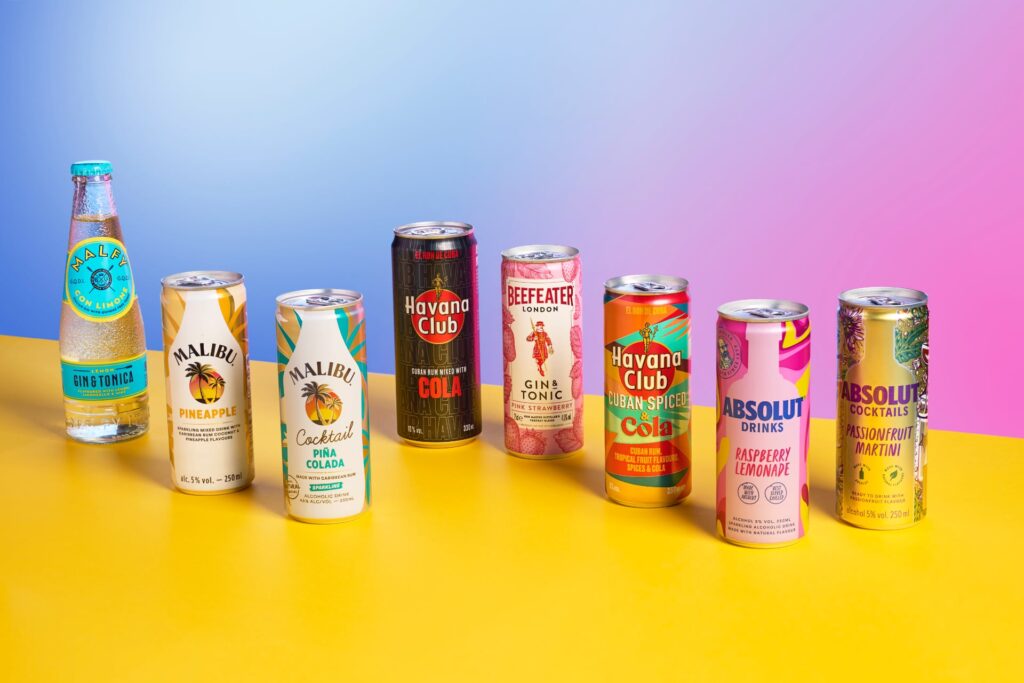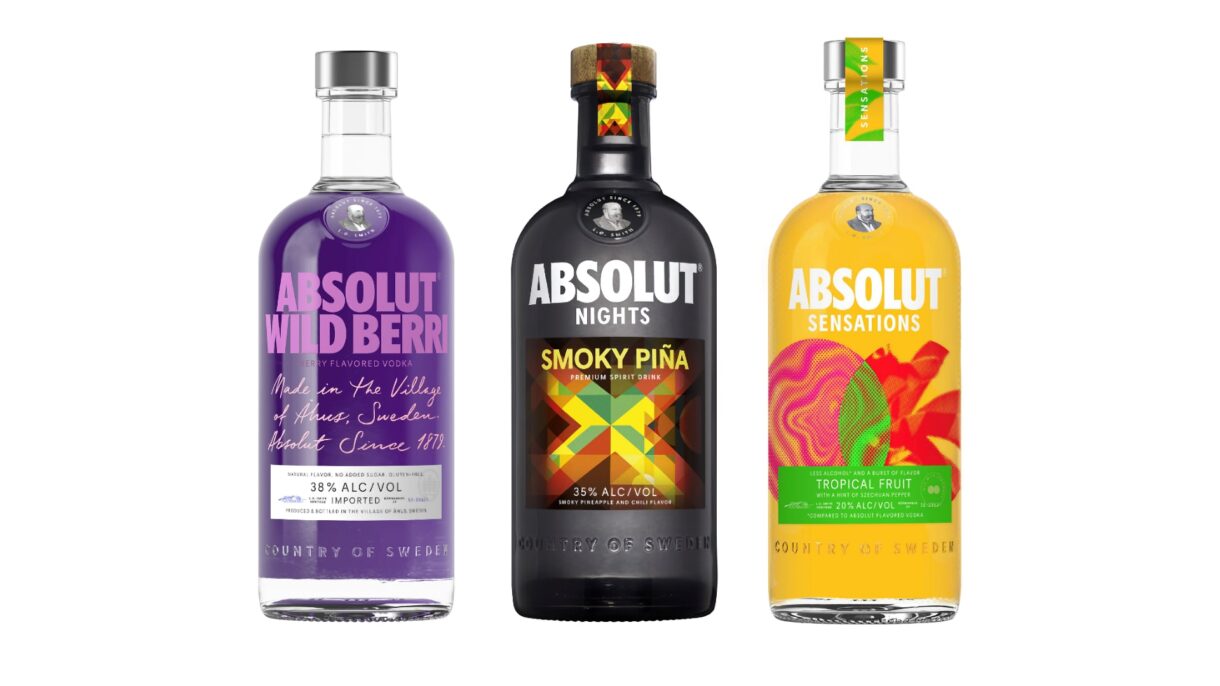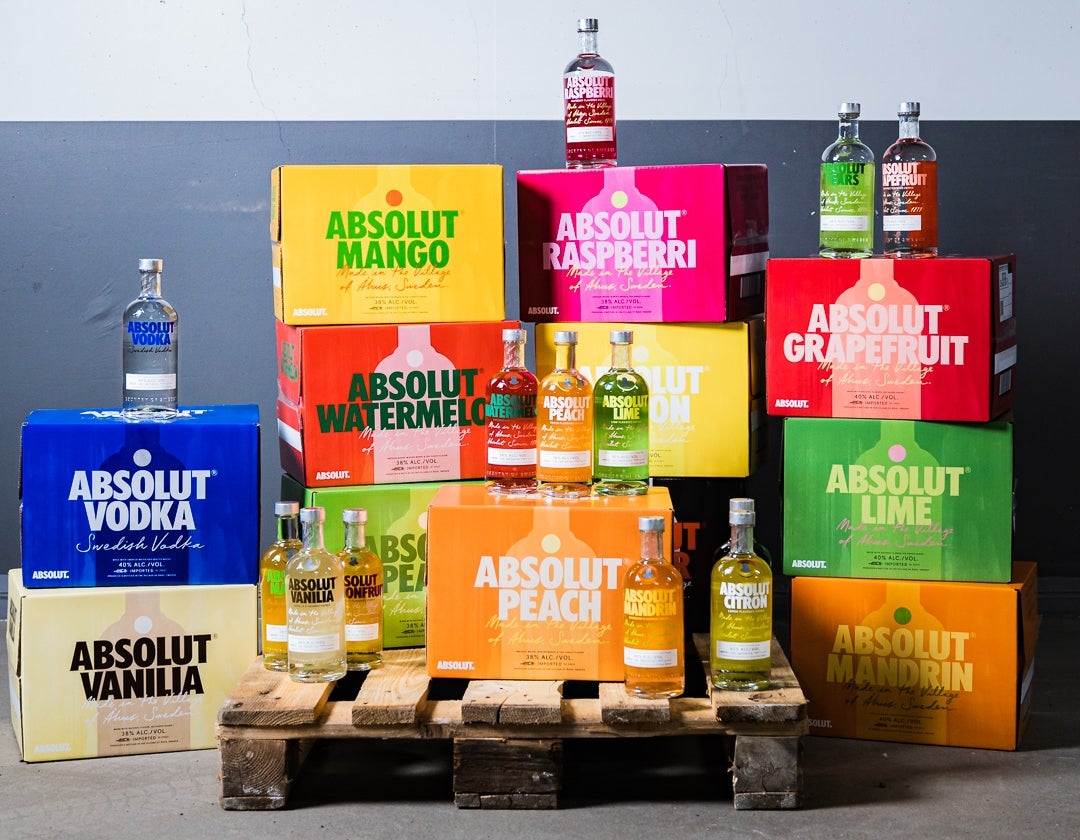Ready-to…Go to market
The convenience segment is beating any other category in alcoholic beverages in terms of growth. The pandemic has spiked an interest in premixed cocktails and long drinks, ready-to-drink straight out of the fridge.

We chatted with Fredrik Syrén, Global Managing Director RTD & Convenience at Pernod Ricard, on the latest developments of the category and what we can expect from his team in the future.
Since last year, you’ve been heading the global Pernod Ricard RTD & Convenience Business Unit. What’s that been like?
It’s been a very exciting year. I like the challenge of building a new business leg quite different from everything else we do at Pernod Ricard. This venture is a good example of how the entire group is transforming and how our will to always be consumer-centric and data-driven impacts how we do business. Today, consumers want cocktails in convenient formats without compromising on quality, and we need to embrace this and adapt our portfolio. This first year has been a lot about setting up the team – we are now more than 30 people from 9 nationalities in 6 locations worldwide. A team that is now fully onboarded, operational and ready-to-deliver!
How did you prioritize which brands in the Pernod Ricard portfolio to develop?
Our starting point was to leverage our most global brands. The name of the convenience game is scale, so we selected a few strategic international brands and specialty brands with international potential to begin with. We built a global portfolio strategy, working across the brands and making sure they complement each other in the different consumer needs and occasions. We have been working closely on this strategy with all the brand companies and key markets: it’s all being done in a very collaborative spirit.
The convenience category is much faster moving than spirits, so we’ve had to change our ways of working. We want to go faster, to be more agile, and it’s a challenge to drive this kind of ambition in an integrated way while keeping the speed up.
What has been the biggest challenge?
Working with markets is always exciting, and our model is to build a global strategy with local execution. That means that, within that strategy, the markets can pick and choose what is most relevant to their local consumers, depending on their specific needs. It allows us to scale-up fast while keeping much-needed local relevance. However, change is never easy, and moving from plan to implementation isn’t always a smooth ride. The convenience category is much faster moving than spirits, so we’ve had to change our ways of working. We want to go faster, to be more agile, and it’s a challenge to drive this kind of ambition in an integrated way while keeping the speed up. That’s why we have set up our team to be as agile as possible end-to-end. And of course, the team is working hand in hand with the larger RTD ecosystem within brand companies, markets, and regions every step of the way.
How has the convenience segment developed during the last couple of years?
The category showed steady growth already before the pandemic. But lockdowns and restrictions worked as an accelerator. When consumers realized that they had to spend more time at home, learning how to create long drinks and cocktails became a good pass time. This meant that growth spiked during the pandemic but has slowed down a bit. However, RTD is still the fastest-growing segment – faster than beer, spirits, and wine. The cocktails and long drinks RTD segment in particular is expected to grow by 13 percent per year in the next five years.
Which are the biggest trends when it comes to RTDs?
The maturity of the markets differentiates the trends. In the US, hard seltzer has been going strong for a few years, but we are now seeing a clear shift toward long drinks and cocktails. For example, we’ve seen over +50% growth in volume for our Absolut and Malibu cocktail ranges over the last 6 months. The Asian market is younger and less mature, with FABs (Flavored Alcoholic Beverages) preferred. They also have a greater affinity for local brands. In Europe, there is a strong trend to consume long drinks, meaning a spirit base and one mixer (soda, lemonade…). When it comes to flavors, the taste is less fragmented. There are a few Asian markets with different preferences, but beyond that, citrus, berries, and tropical flavors work pretty much everywhere.

What does this growth mean for Pernod Ricard in terms of expanding business?
Our portfolio includes many premium brands that are perfectly fit to be consumed as cocktails and long drinks. Hence, we’re going to great lengths to make consumers aware of all the great drinks they can make with our brands. Consumers are looking for more flavorful, fruitier, and refreshing RTDs but are also very attentive to product quality. Craft and “premiumness” are king in that sense, and – given that we already have both premium and craft in our portfolio – I see great potential in extending our range. It’s also vital to ensure we deliver convenient products of the highest possible quality since it’s a great way to introduce consumers to our brands. We can’t afford to disappoint consumers if we want to achieve loyalty.


